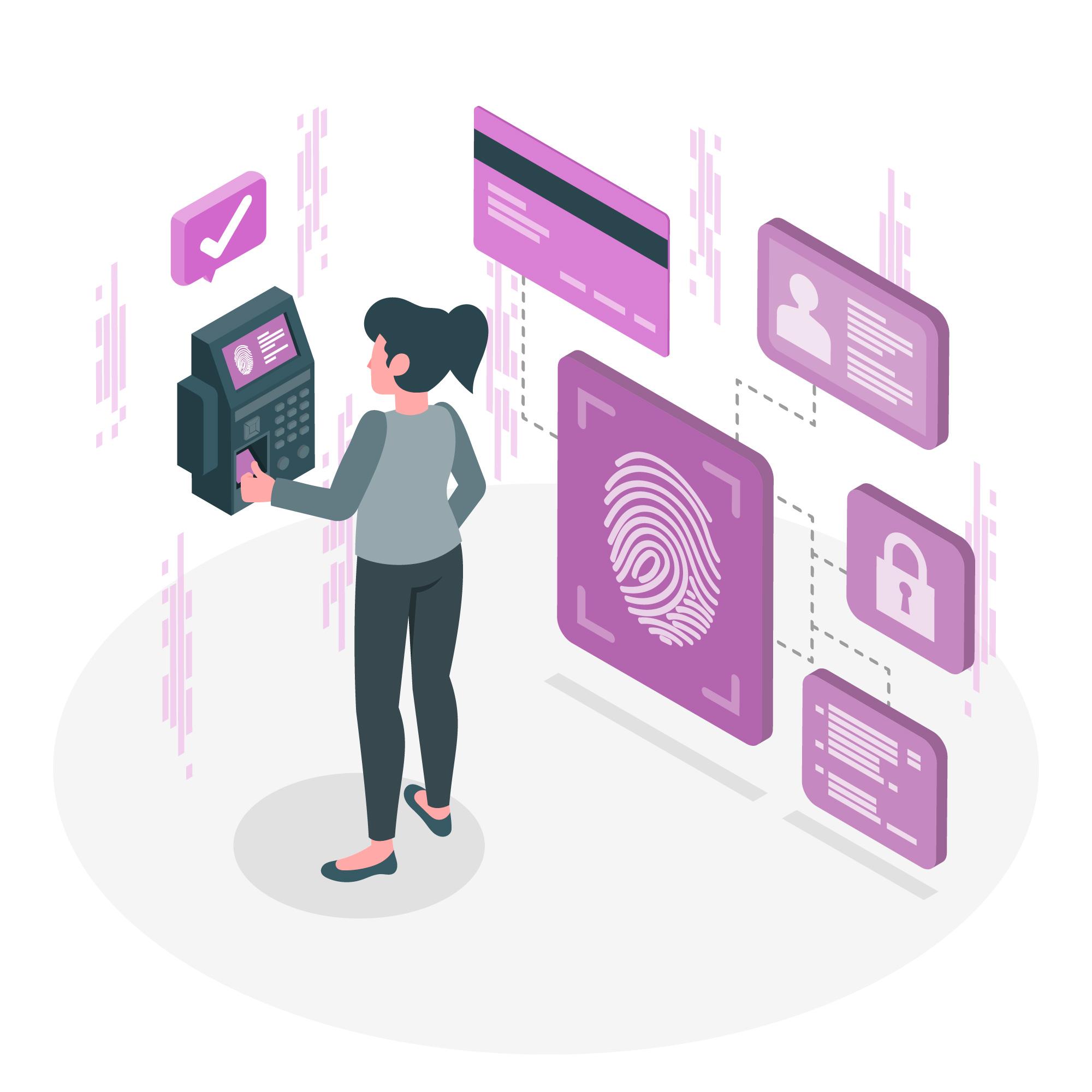The Future of Healthcare Technologies – Explore tech innovations like robotics, genomics, and nanomedicine that aim to improve treatments
Healthcare technology has been rapidly evolving over the past few decades. Exciting innovations in areas like robotics, genomics, nanomedicine and more are paving the way for the future of medicine and how patients are diagnosed and treated. In this blog post, we’ll explore some of the most promising tech advancements happening in healthcare right now and how they might shape the future.
Robotics
Robotic technologies are making major inroads in healthcare from assisting in surgeries to helping with rehabilitation. Robots can provide precision, stability and access that exceeds human ability. Here are some of the top ways robotics are improving medicine:
- Robotic Surgery – Robots like the da Vinci Surgical System are allowing surgeons to operate with enhanced vision, precision, flexibility and control. Tiny wristed instruments can reach deep into tiny incisions and articulate in ways the human hand cannot. This enables minimally invasive surgery with faster recovery times.
- Rehabilitation – Robotic exoskeletons can help stroke patients relearn how to walk. Interactive therapeutic robots are being used to help children with autism build social skills. Patients are also using robotic accessories like prosthetic limbs that respond to muscle impulses and provide sensory feedback.
- Pharmacy Automation – Automated pharmacy dispensing systems can accurately fill prescriptions at high volumes 24/7 while reducing errors. This allows pharmacists to spend more time on direct patient care.
- Telepresence Robots – Robots with screens can be controlled remotely by doctors to roll around hospitals and provide remote consultations with both patients and onsite staff. This allows specialists to engage with more patients and hospitals.
As robotics and AI get even more advanced, robots may become even better suited for surgery, caring for aging populations, and handling medical logistics.
Genomics
Genomics is revolutionizing health care by making it more predictive, preventive, precise and participatory. Here are some key ways genomics is transforming medicine:
- Predictive Testing – Analyzing a patient’s genomic data can reveal their risk factors for diseases like cancer, diabetes, heart disease and more. This allows earlier and more focused preventive care.
- Pharmacogenomics – Genetic testing helps predict which medications will work best and reveal risks of side effects for each patient. This enables more precise prescribing.
- Rare Disease Diagnosis – Sequencing DNA helps diagnose rare inherited diseases and allows better treatment decisions.
- Cancer Care – Genomic profiling of tumors helps guide targeted therapies, immunotherapy and clinical trials for cancer patients.
- Genome Editing – Gene editing tools like CRISPR may eventually allow correcting disease-causing mutations.
- Personalized Care – Genomics enables truly personalized care as treatments can be tailored to patients’ unique genomic makeup.
As genomic sequencing gets faster and less expensive, it may eventually become a routine part of every patient’s medical records to guide personalized preventive medicine.
Nanomedicine
Nanomedicine utilizes tiny nanoparticles for big improvements in drug delivery, imaging, diagnostics, and treatments. Here are some key applications of nanotechnology in healthcare:
- Targeted Drug Delivery – Nanoparticles can ferry drugs specifically to cancer cells or infections while avoiding harm to healthy cells. This reduces side effects and improves efficacy.
- Medical Imaging – Nanoparticle contrast agents improve detection capability in medical imaging for earlier diagnosis.
- Implantable Sensors – Nanosensors implanted in the body can track vital signs and medication levels allowing continuous remote patient monitoring.
- Regenerative Medicine – Nanomaterials provide scaffolds for tissue and bone engineering to help heal wounds and rebuild damaged organs.
- Diagnostic Tests – Nanotechnology enables rapid diagnostic tests using just a droplet of blood on a chip avoiding painful draws.
- Antimicrobials – Nanosurfaces with spikes can rip open bacteria cell walls without harming human cells. This may replace antibiotics one day.
The unique properties of materials at the nanoscale will have a huge impact on almost every category of treatments. Targeted nano medicines may transform how diseases are managed.
Wearable Devices
Wearable health trackers have moved from fitness enthusiasts into the mainstream and are now integrating more deeply with healthcare. Here are some of the top ways these devices are improving medical care:
- Patient Monitoring – Doctors can continuously monitor data like ECG, blood oxygen, blood sugar, sleep apnea and more from wearables instead of brief in-office checks. This enables better preventive care.
- Post Surgery Recovery – Surgeons can closely track a patient’s progress after surgery without office visits. Metrics like activity levels and heart rate help gauge recovery.
- Clinical Trials – Wearables provide easy continuous data collection from trial participants instead of sporadic in-clinic tests. This leads to faster drug development.
- Chronic Illness Management – For illnesses like diabetes, wearables enable patients to easily log vitals, food, medication and more while doctors have access to better data for advice.
- Fall Detection – Many wearables now can detect falls, especially dangerous for elderly patients, and automatically notify emergency contacts.
- Reduced Readmissions – Doctors can better monitor patients after discharge to intervene early if issues arise reducing costly hospital readmissions.
As wearable tech gets more robust, inexpensive and integrated with telemedicine, it will become an essential component of both acute and preventive care.
Telehealth
Telehealth utilizes communication technologies to provide health care remotely improving access and efficiency. Telehealth includes technologies like:
- Video Conferencing – Patients can have appointments and consultations with doctors via video chat. This expands access to care.
- Remote Monitoring – Clinicians can monitor patients remotely using data from home devices like blood pressure cuffs and glucose monitors.
- Mobile Health Apps – Patients can use smartphones apps to log health data, manage medications, access records and more. This helps patients better manage conditions.
- Medical Helplines – Patients can call or text nurse advice lines to get guidance any time instead of waiting for doctor appointments. Helplines can provide triage.
- Online second opinions – Getting an additional remote specialist opinion can aid difficult diagnoses or treatment decisions.
- Emergency Response – First responders in ambulances can send patient vitals ahead so ER doctors are prepared on arrival.
The barriers keeping patients from accessing expertise are crumbling opening new possibilities for on-demand, continuous and convenient care.
Artificial Intelligence
The advent of advanced artificial intelligence is already showing major potential to improve nearly every facet of healthcare. Here are some of the top applications of AI in medicine:
- Precision Diagnostics – AI can analyze medical images and data to detect disease earlier and more accurately than the human eye and mind in applications like reading radiology scans, finding cancer in tissue samples, and interpreting EKGs.
- Virtual Assistants – AI chatbots are providing patients with personalized health information, medication reminders, and logistical assistance scheduling appointments & accessing records.
- Clinical Decision Support- AI can surface relevant research and guidelines to help doctors make optimal treatment plans accounting for each patient’s unique conditions and medical history.
- Drug Discovery – Machine learning can analyze molecular data and model interactions to find promising new drug candidates faster than traditional methods.
- Personalized Medicine – AI can analyze each patient’s specific genomic profile, environmental factors and symptoms to create tailored prevention and treatment plans.
- Workflow Assistance – AI can help automate mundane tasks like paperwork allowing doctors and nurses to focus on patients. It can also flag potential errors.
AI holds huge potential to make medicine more predictive, efficient and precise. Healthcare will continue aggressively adopting these tools.
Conclusion
The pace of healthcare innovation is accelerating rapidly ushering in an era of more capable, convenient and customized medical care. These new technologies are enabling better access to health data, connections between patients and providers, and analysis of massive medical datasets. While there are still regulatory and implementation hurdles, the future looks bright for transforming how we monitor, maintain and restore health. The next decade will continue seeing robust adoption of emerging tools like robotics, genomics, nanotechnology, wearables, telehealth and artificial intelligence. The ultimate result will be healthcare that is far more predictive, preventive, personalized and participatory allowing patients to live longer, healthier lives.




